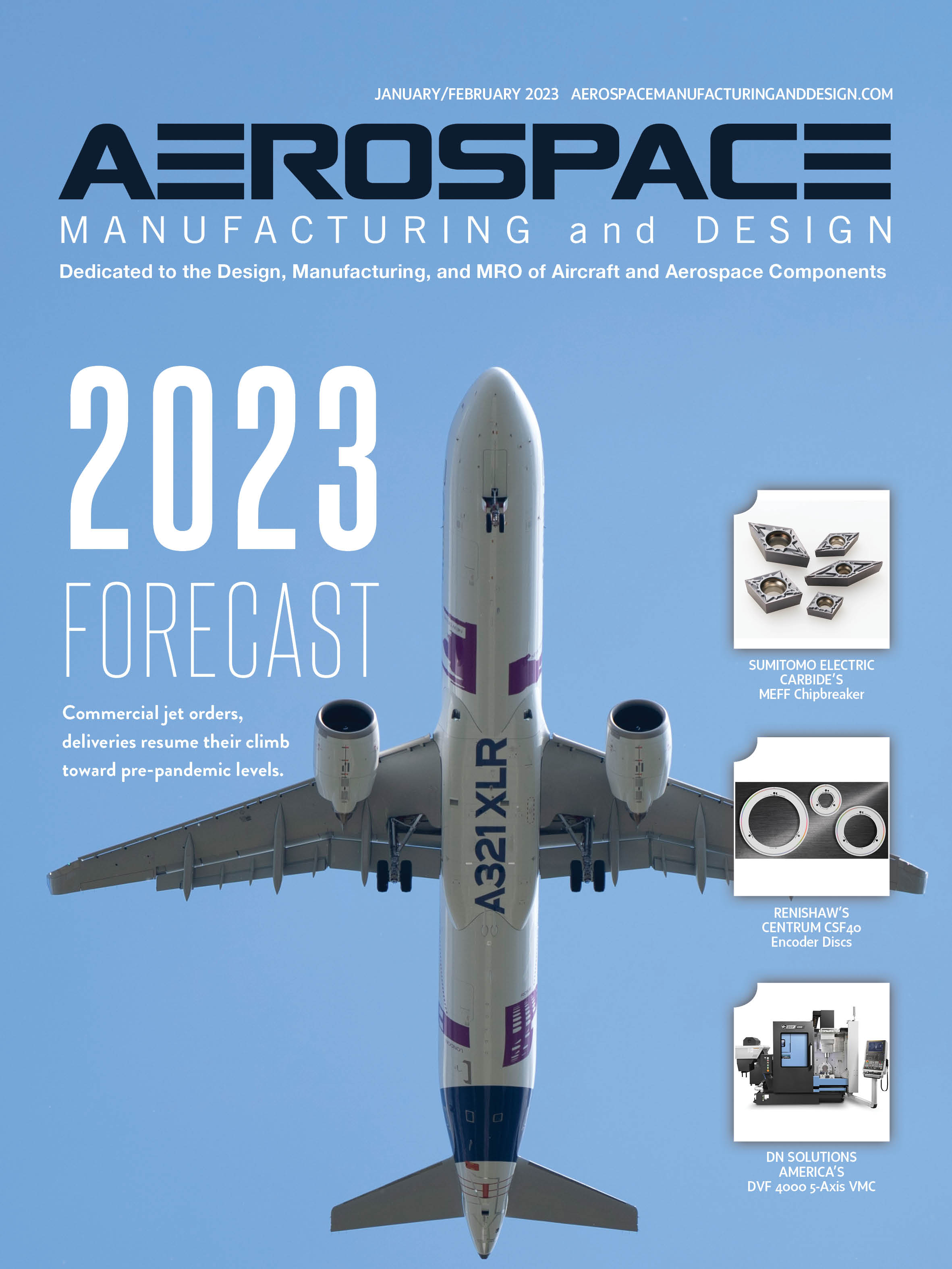
A new industry report from business advisory firm Sikich LLP found that when it comes to automating, companies are focused on the factory floor. The Sikich Industry Pulse: Manufacturing and Distribution survey tracks multiple metrics of concern to manufacturers throughout the year. The most recent survey polled executives from manufacturing and distribution companies across sectors including industrial equipment, wholesale and distribution, metal fabrication, and transportation.
Asked which department in their company is currently implementing the most automation, 40% of respondents cited the factory floor. When asked in which department manufacturers are planning to implement automation, an additional 22% named the factory floor. Further, two-thirds of respondents currently implementing the most automation on the factory floor are planning to pursue more automation moving forward.
“Automation will reap long-term benefits for the manufacturers that invest in these systems,” says Debbie Altham, senior director of enterprise technology at Sikich. “In addition to the factory floor, manufacturers should consider how automation can streamline back-office efforts – including finance, marketing, and human resources. These tools will allow manufacturers to overcome labor challenges, implement more efficient processes, and eliminate errors.”
Sikich specializes in advising mid-size companies with $20 million to $1 billion in revenue. According to Altham, companies under $50 million are having more problems sourcing labor compared to larger organizations, which is driving the reevaluation of business processes and the benefits of automation.
“Their focus is capturing transactions on the shop floor, planning and scheduling, rather than robotics,” Altham says. “It’s about making sure the right parts are in the right place at the right time. Do I have enough materials to do the job, are they accessible and available to me?” Manufacturers are seeking visibility on production scheduling, capacity planning, managing labor assignments, and maintenance.
“A lot of the technology that can help them do those tasks was never seen as critical,” Altham says, but responding to the challenges of COVID-19 and making use of the vast amounts of data machines generate has changed that perspective.
People are asking how to integrate that data for a broader view of factory operations. Altham says the data most relevant to seeing the whole shop floor are: what time does the machine start, what time does it finish, and what did it produce? Putting large volumes of data into the cloud makes it easier to analyze.
“Prior to the cloud, automation tools to leverage data were never accessible to smaller companies that couldn’t afford the huge computer science labs the big guys had,” Altham says. “Now, mid-size firms can have machine data automatically let them see the entire business from end to end.” – Eric

Explore the January February 2023 Issue
Check out more from this issue and find your next story to read.
Latest from Aerospace Manufacturing and Design
- Upcoming webinar to highlight the rise of electric vehicles
- JEKTA, ZeroAvia partner on hydrogen-electric amphibious aircraft
- Mastercam 2025 software
- IMTS 2024 Conference: Cutting Edge Innovations: Maximizing Productivity and Best Practices with Superabrasives
- Eve Air Mobility unveils first full-scale eVTOL prototype
- Dillon Manufacturing's Fast-Trac Jaw Nuts
- IMTS 2024 Conference: Breaking the Tradeoff: Utilizing Deep Learning AI with X-ray Computed Tomography for Unparalleled Clarity and Speed
- #47 - Manufacturing Matters - The Ins and Outs of CMMC 2.0 with Smithers Information Security Services





